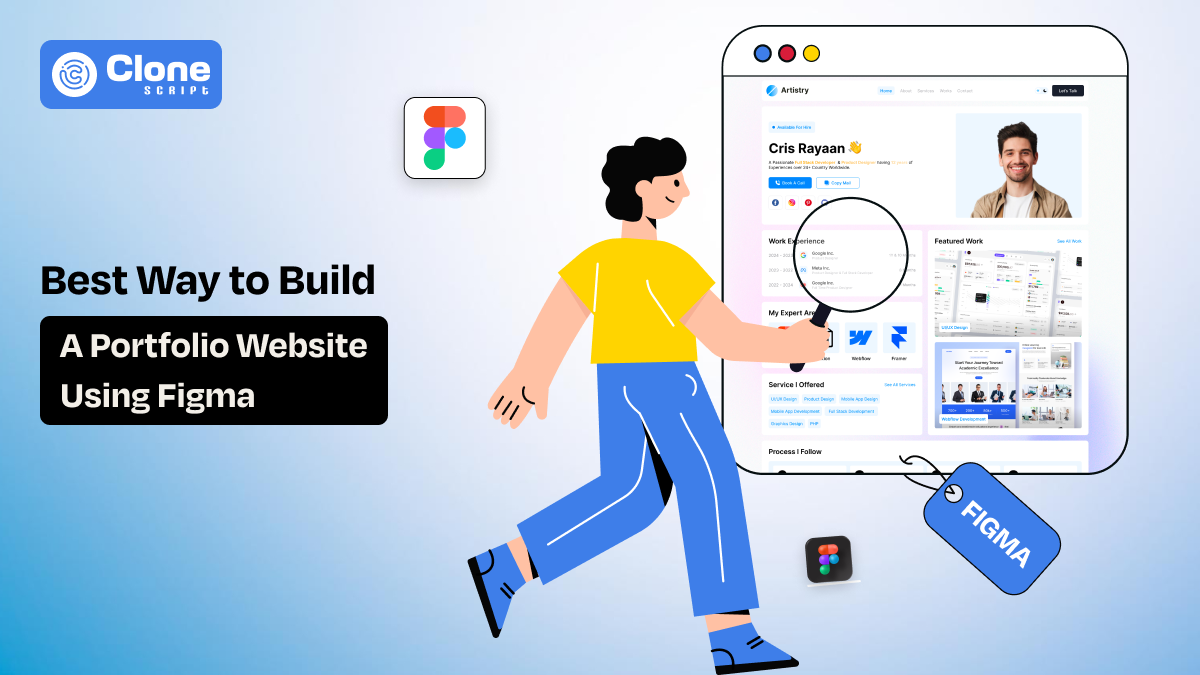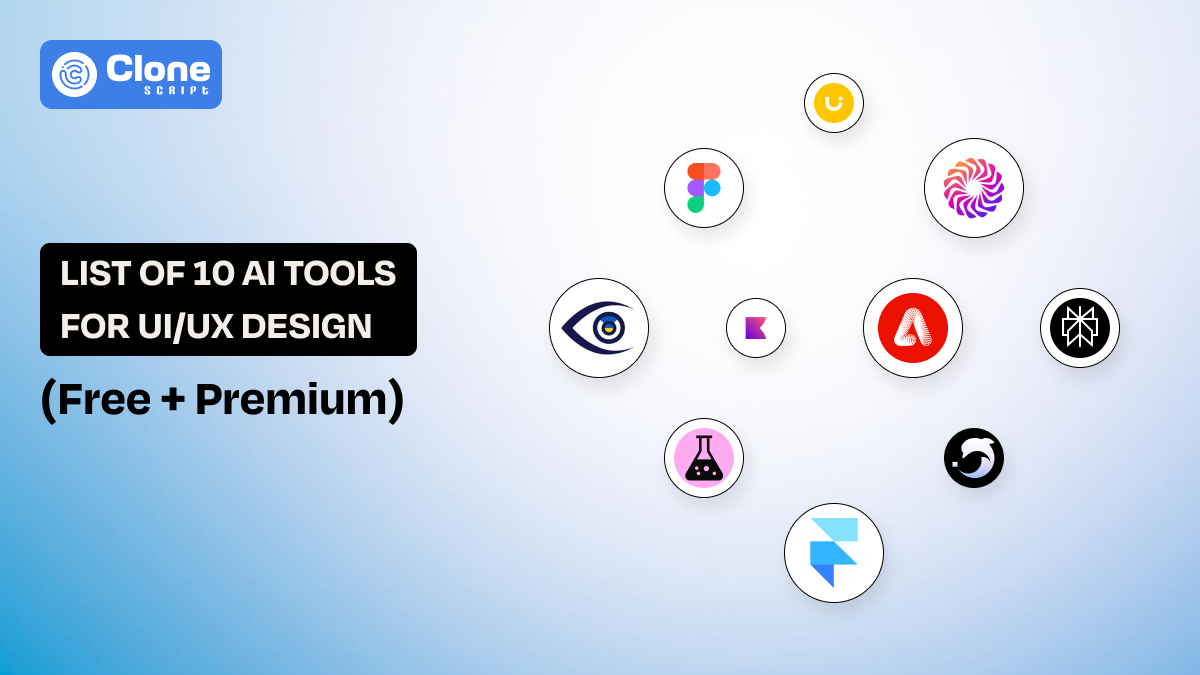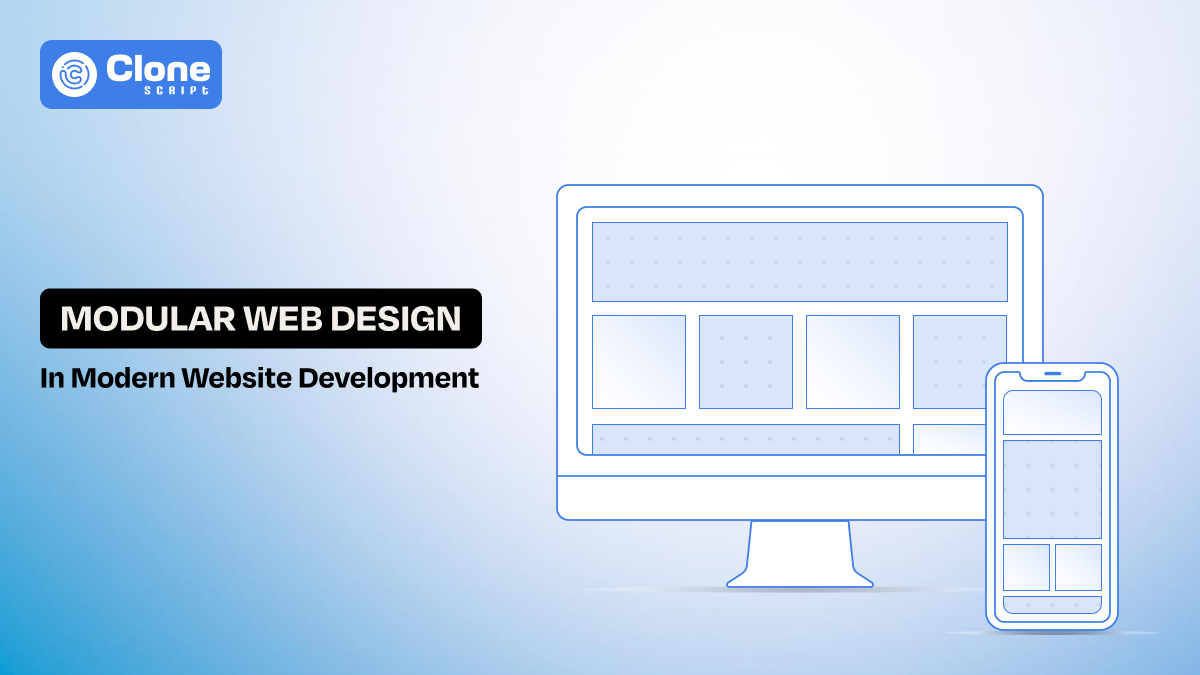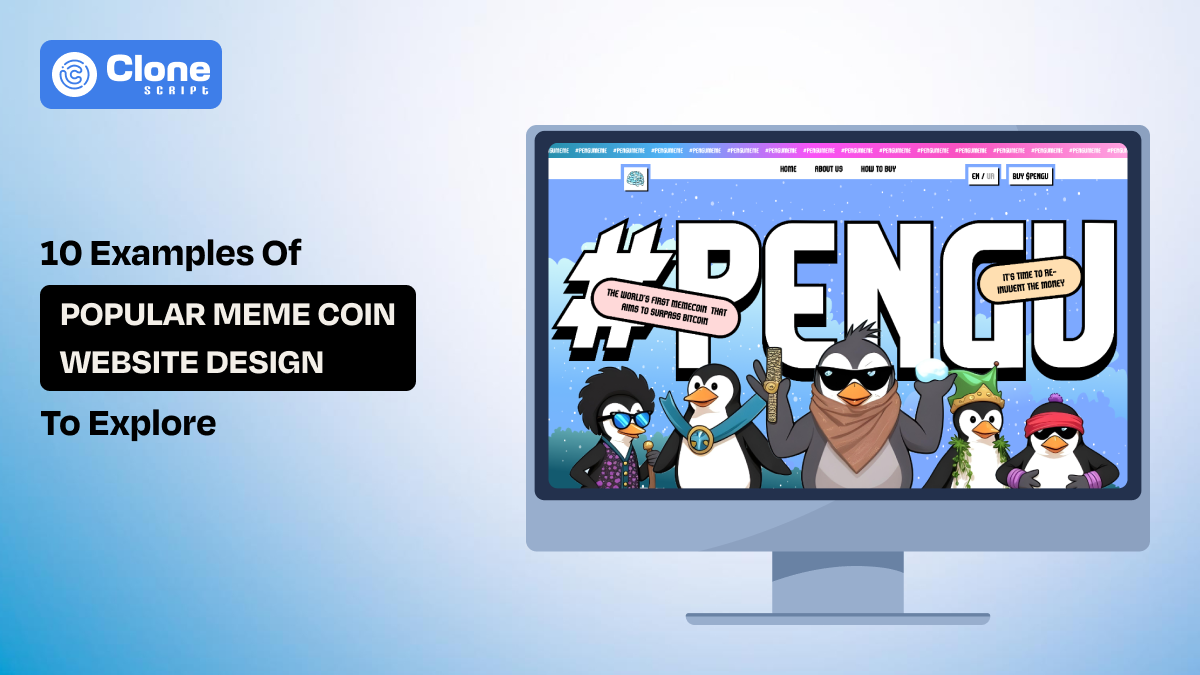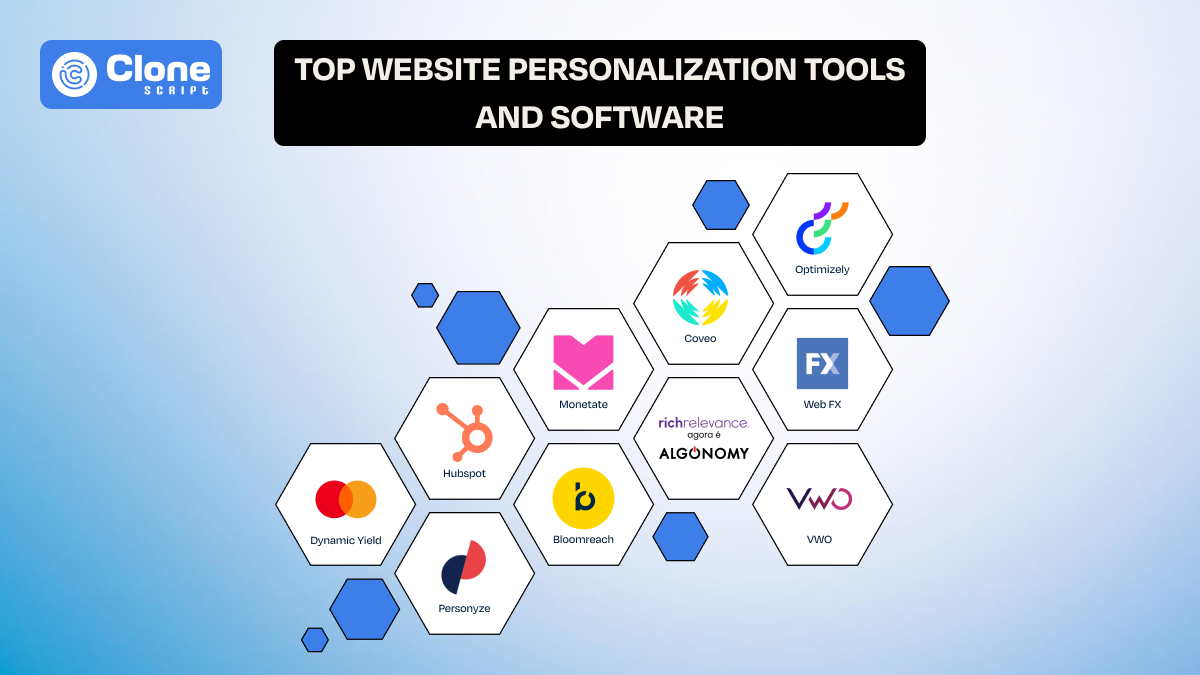Best Way to Build a Portfolio Website Using Figma
Your portfolio website isn’t just a collection of past work. It’s your digital handshake, your first impression, and your best shot at securing that dream client or job. Whether you're a developer, designer, or creative freelancer, how you present your story visually matters more than ever.
If you're looking for a smart, intuitive way to design your portfolio, Figma is your best bet. This powerful, browser-based design tool is redefining how professionals build user-friendly and visually appealing websites. And when it comes to portfolio web design, Figma maintains the perfect balance between control and creativity.
In this guide, we’ll walk you through how to create a stunning, functional, and latest Figma portfolio website development from start to finish. It’s a practical insight you can use today.
Why Use Figma to Design a Portfolio Website?
Figma isn’t just another design tool. It’s a design platform built for collaboration, speed, and modern workflows. Here's why it's perfect for portfolio website creation:
-
Cloud-Based Collaboration: Whether you're solo or working in a team, Figma’s real-time editing makes coordination seamless.
-
Multi-Platform Access: Design anywhere. No installation needed. Access your Figma design easily.
-
Reusable Components: With auto-layouts and components, your UI web design stays consistent across pages.
-
Interactive Prototypes: Create working previews of your web page UI to test UX before development.
-
Massive Resource Library: Thousands of Figma website templates and portfolio UI kits are available to jump-start your build.
If you're a developer working with clients, using Figma for website design helps bridge the gap between design intent and execution. This ensures smoother handoffs and faster feedback loops.
Plan Your Portfolio Website Structure Wisely
Before you open Figma, define the structure of your personal website. A thoughtful plan saves time and keeps the design focused.
Core Pages to Include:
-
Homepage – A snapshot of who you are and what you do. This is the first landing page where a client or recruiter can learn about you.
-
About – A short story about your journey, skills, and mission. From here, the website visitors have a chance to connect with you.
-
Work/Projects – Feature 3–6 in-depth case studies or product builds with context and outcomes. This page works just like a point of sale, where your skills justify your complete projects.
-
Contact – Email, social links, or embedded forms for outreach help to get relevant information from the client regarding the upcoming web development project, for example, if you’re a front-end web developer.
The following questions will help you to organize the entire website structure with a logical flow.
Ask Yourself:
-
What message do I want to leave with my audience?
-
Which projects best show my value and capabilities?
-
Should I include testimonials, blogs, or certifications?
Lay this out as a website wireframe or even a written sitemap. This foundation sets the tone for a stronger, more cohesive website UI design.
If you don’t want to be involved in a time-consuming and frequently changing UI/UX design? The solution is to prefer pre-ready Figma UI kits.
Use a Portfolio UI Kit or Template to Save Time
Time is money, and starting a portfolio website design DIY is rarely necessary. Figma offers thousands of UI kits and templates that can cut your design time in half.
Why Use a UI Kit?
-
Pre-built components: There is availability of already designed elements to help in web development: navigation bars, cards, contact forms, and galleries.
-
Clean design systems: Ensures consistent typography, color palettes, and spacing. It is important for a promising branding appeal to website visitors and clients.
-
Editable layouts: Quickly tweak portfolio mockups to fit your brand identity. Changing the colors or icons is becoming easier. The screens are designed with the proper research to match the competition.
Where to Find the Best Kits:
-
Figma Community: Free and open-source UI kits contributed by designers worldwide.
-
All Clone Script: Professionally curated Figma website UI design for portfolios and agency-level design needs.
-
UI8 or Envato Elements: Premium kits for creating a unique website using web design layouts.
Start with a template and customize: swap the color scheme, apply your fonts, and plug in your content.
Now, let’s take a look at the best tips to create a professional-looking portfolio website.
Design Tips for a Clean & Professional Look
A good design portfolio isn’t flashy; it’s functional. You want clarity, professionalism, and polish.
Follow These Principles:
Following UI design principles helps you to stand out from the competition:
-
Grid Systems: Align your content using 12-column or 8-point grids. Keep balance and symmetry.
-
Consistent Typography: Use a defined type scale (H1, H2, Body). Ensure readability across devices.
-
Whitespace is Your Friend: Avoid clutter. Allow content to breathe. Much whitespace will help the user to grab the content easily.
-
High-Quality Visuals: Use compressed, optimized images for speed and sharpness.
-
Use Brand Colors: Stick to 2–3 colors. Keep it consistent with your identity.
-
Microinteractions: Add subtle animations using Figma’s prototype feature to create a delightful experience.
In expert web design, the one formula always wins: “Less is more.”
A clean UI of a website builds trust and shows attention to detail. It’s a sign of professionalism.
Export or Convert Figma Design to Code
Once your Figma web design is finalized, it’s time to bring it to life with code. As a developer, you’ve got several paths depending on your workflow.
Options for Export:
-
Figma Inspect Mode: Ideal for handoff. Developers get CSS, measurements, and assets directly.
-
Use Plugins:
-
Anima: Exports HTML, React, and CSS.
-
Figma to Code: Converts Figma designs into HTML code useful for Tailwind, React components, and Flutter.
-
Use Platforms:
-
Webflow: Import Figma designs and build visually with hosting.
-
Framer: Converts prototypes into responsive sites—great for interactive portfolios.
Dev Tips:
-
Optimize exported assets (SVGs, PNGs, JPEGs).
-
Follow BEM or utility-first CSS for scalable code.
Whether you're doing it yourself or handing it off, Figma provides everything needed to translate vision into working code.
Publish Your Portfolio Website
Your website design is complete, and you get the code. Now it’s time to go live.
Steps to publish a portfolio website:
-
Buy a Domain: Choose a short, memorable .com or .design domain. Make sure it complies with your brand objectives and values.
-
Choose Hosting: Once you purchase the domain name, the second step is to get fast and dedicated hosting. There are multiple options for hosting the website:
-
Netlify/Vercel: Ideal for static JAMstack sites.
-
GitHub Pages: Free for personal portfolios.
-
Shared Hosting: Use for CMS-powered sites like WordPress.
-
-
Connect DNS: This is the third step that involves linking your domain and deploying your code or drag-and-drop build.
-
Set Up SEO Basics: Without a professional SEO optimization, no one can find you online, even a client or recruiter. Follow the steps to appear in the search results:
-
Add meta titles and descriptions.
-
Use proper heading structure (H1 > H2 > H3).
-
Add alt tags and compressed images.
-
Submit sitemap.xml to Google Search Console.
-
-
Test Responsiveness & Speed: This step is important not for search rankings but as a perspective of enhanced UX.
-
Use Google PageSpeed Insights and Lighthouse tools to check loading times. Optimize website speed on mobile devices to maintain the user experience.
-
Check lazy-loading for images and use CDNs for faster delivery.
-
Share Your Site:
-
Add it to LinkedIn, Twitter, Behance, Dribbble, and email signatures.
-
Ask peers for feedback and iterate on improvements.
Once live, your portfolio website becomes your 24/7 marketing tool.
Conclusion
Designing a portfolio with Figma isn’t just smart, it’s empowering. From intuitive design workflows to seamless development handoff, Figma gives you full control to build a website that’s truly yours.
Whether you’re a developer crafting client portfolios or a creative showcasing your best work, Figma offers the tools, templates, and flexibility to build faster and better.
With thoughtful planning, the right portfolio UI kit, and a focus on clean user interface web design, you’ll end up with a site that looks as good as the work it contains.
So stop overthinking. Open Figma, lay down your story, and build a personal website that truly represents you.
 BTC - Bitcoin
BTC - Bitcoin
 USDTERC20 - USDT ERC20
USDTERC20 - USDT ERC20
 ETH - Ethereum
ETH - Ethereum
 BNB - Binance
BNB - Binance
 BCH - Bitcoin Cash
BCH - Bitcoin Cash
 DOGE - Dogecoin
DOGE - Dogecoin
 TRX - TRON
TRX - TRON
 USDTTRC20 - USD TRC20
USDTTRC20 - USD TRC20
 LTC - LiteCoin
LTC - LiteCoin

